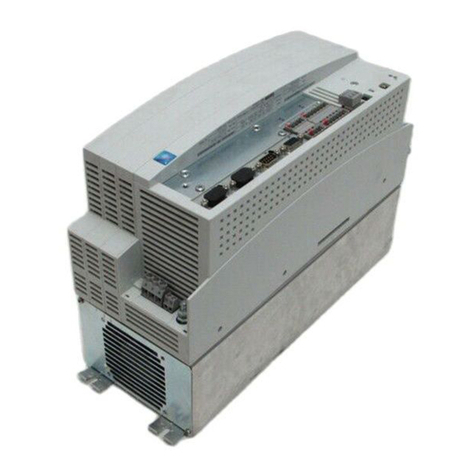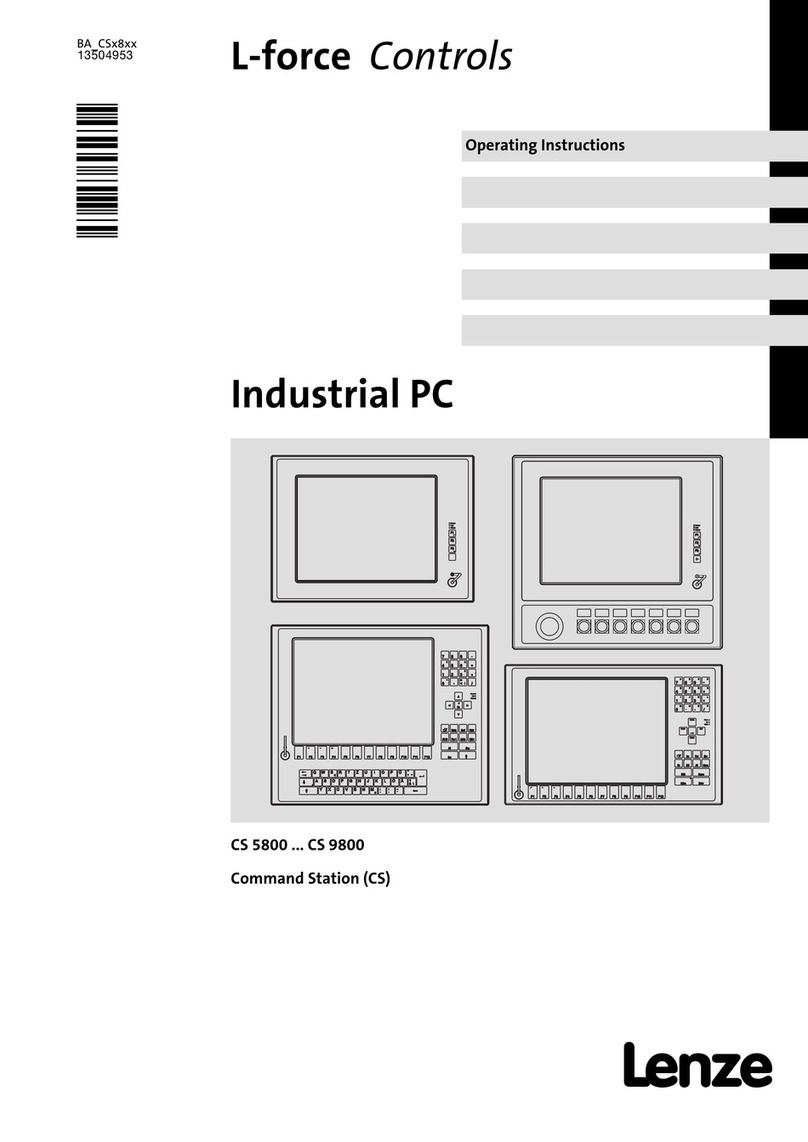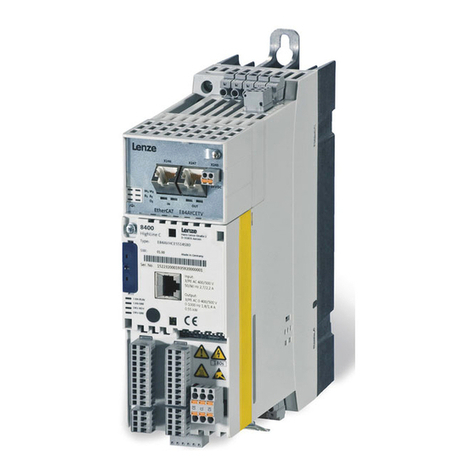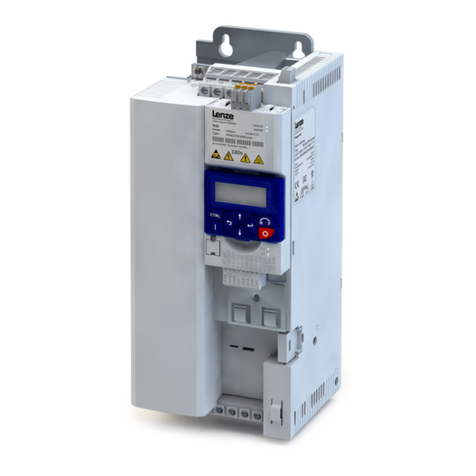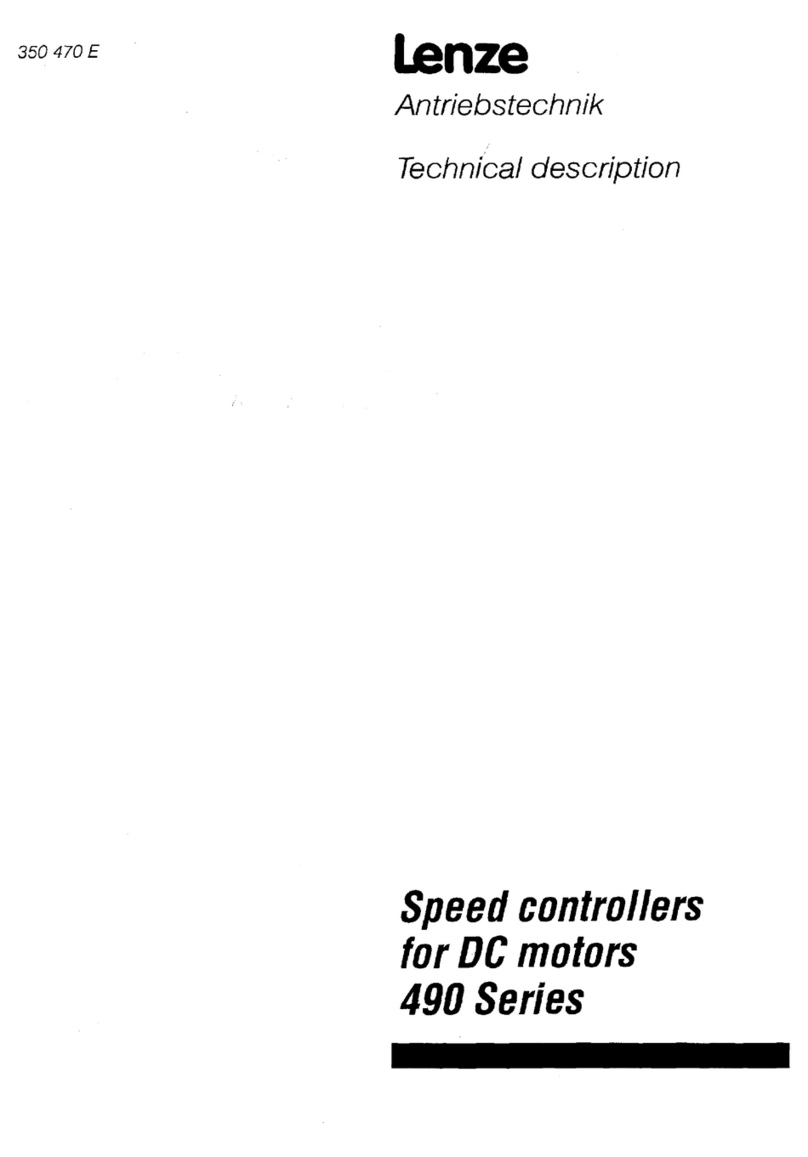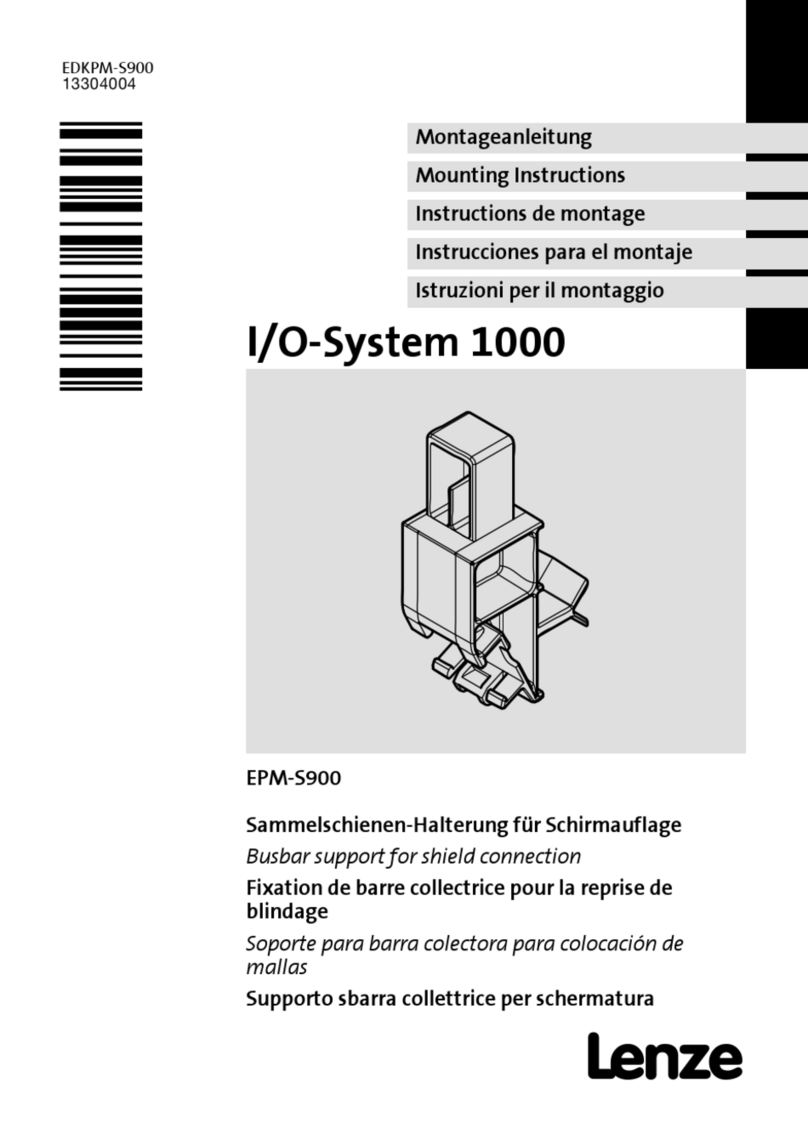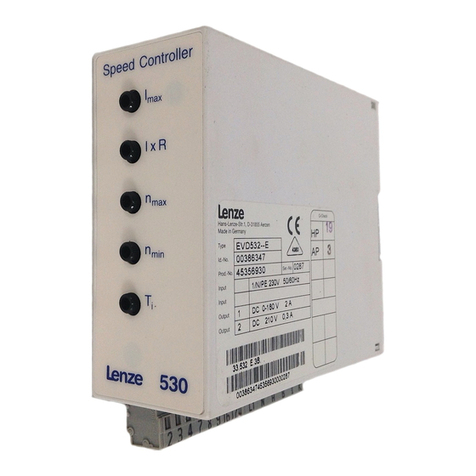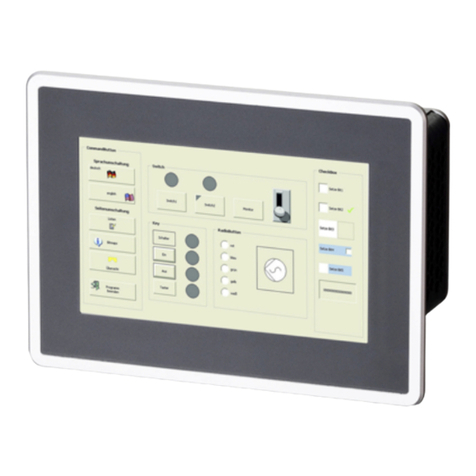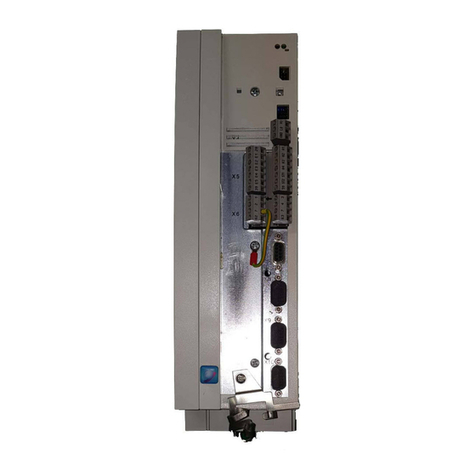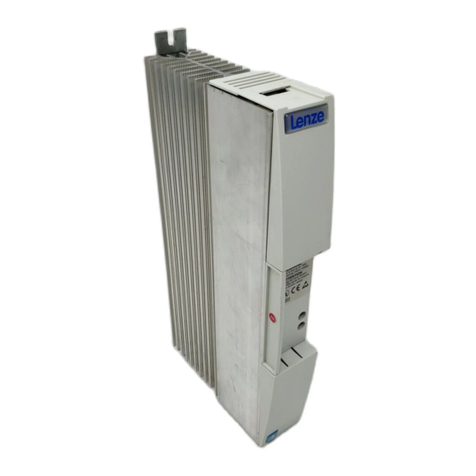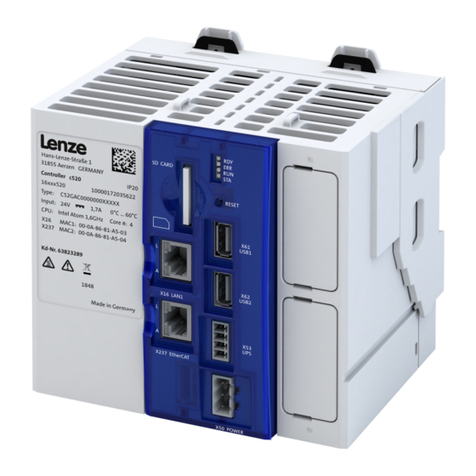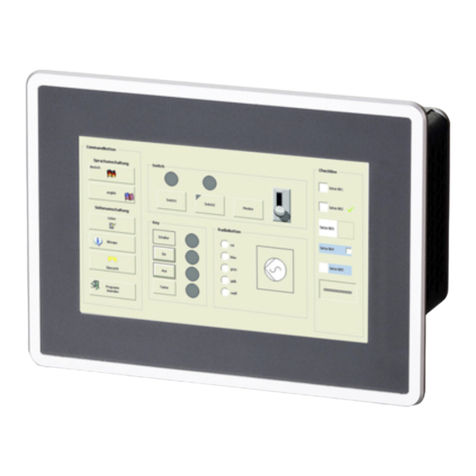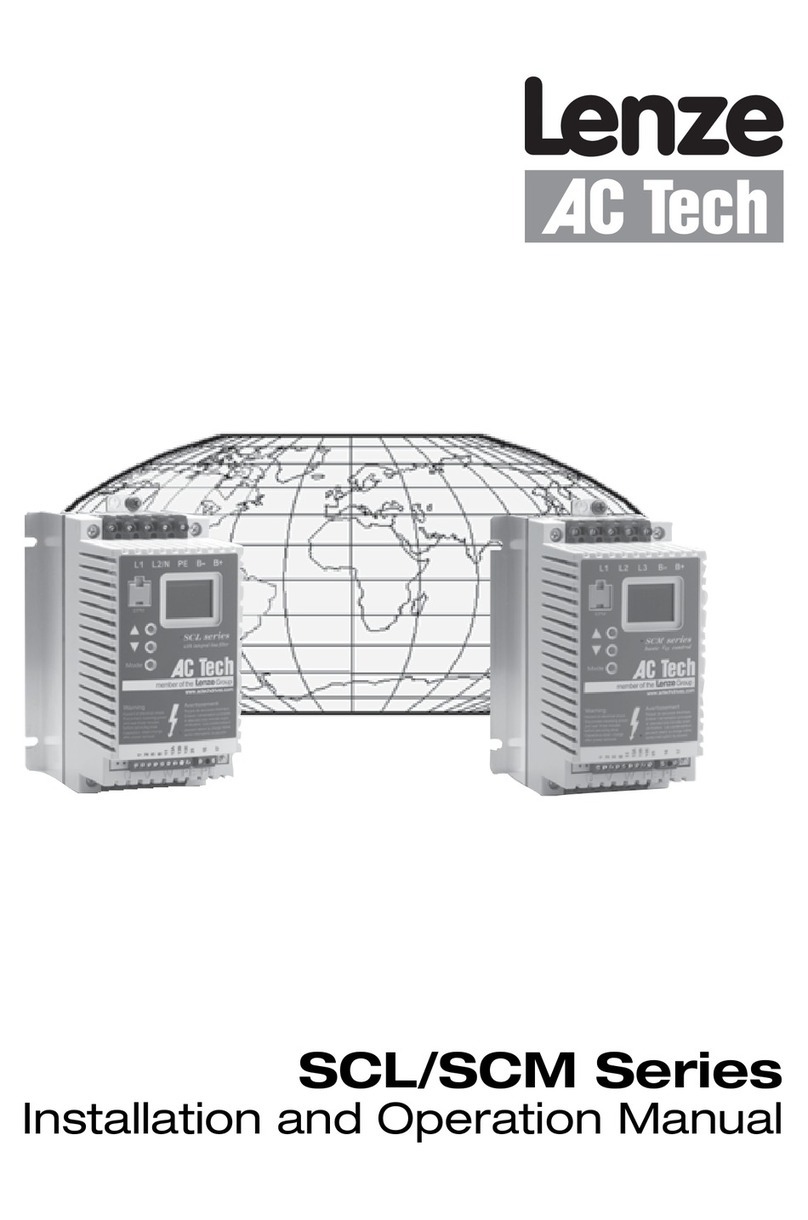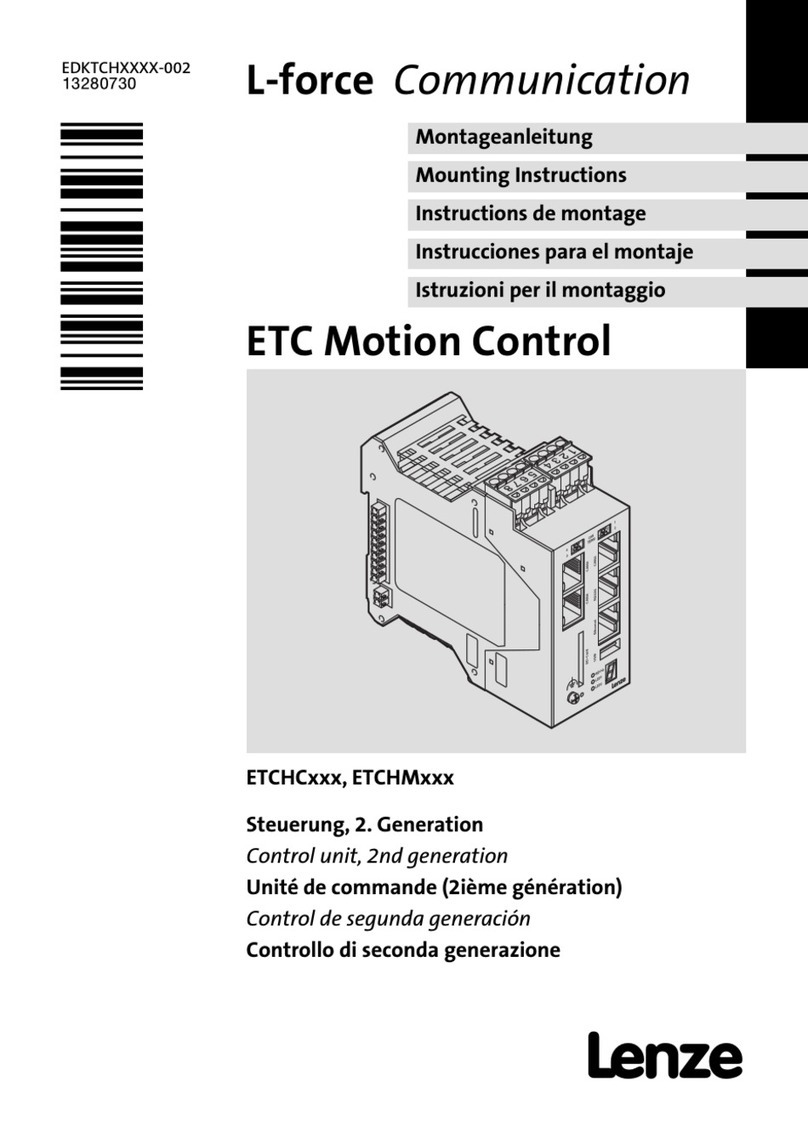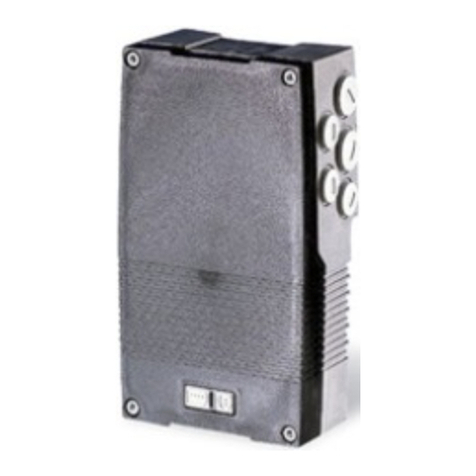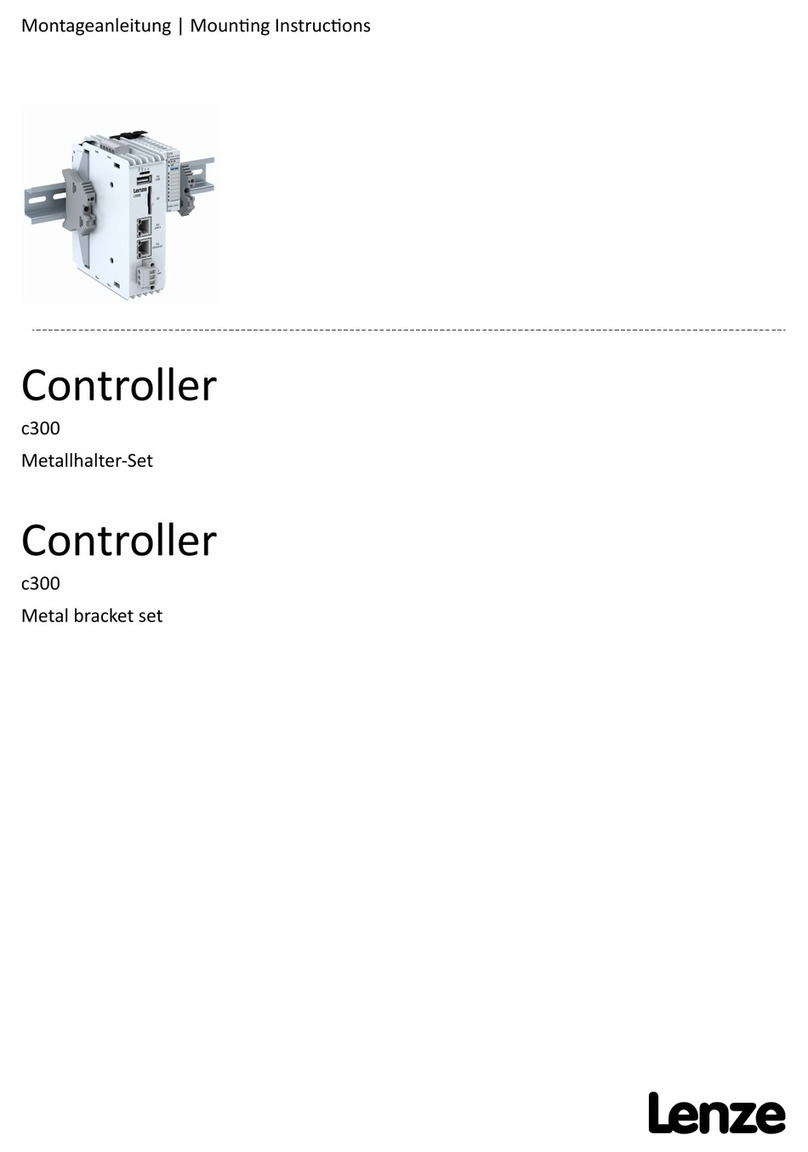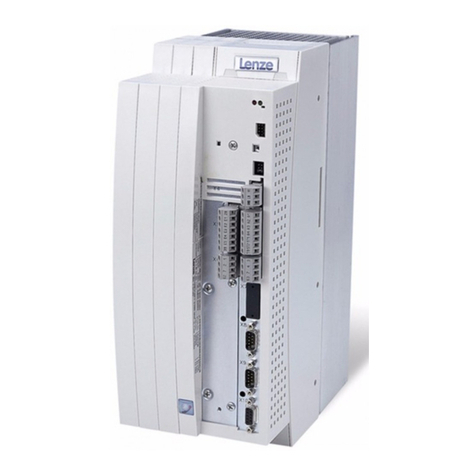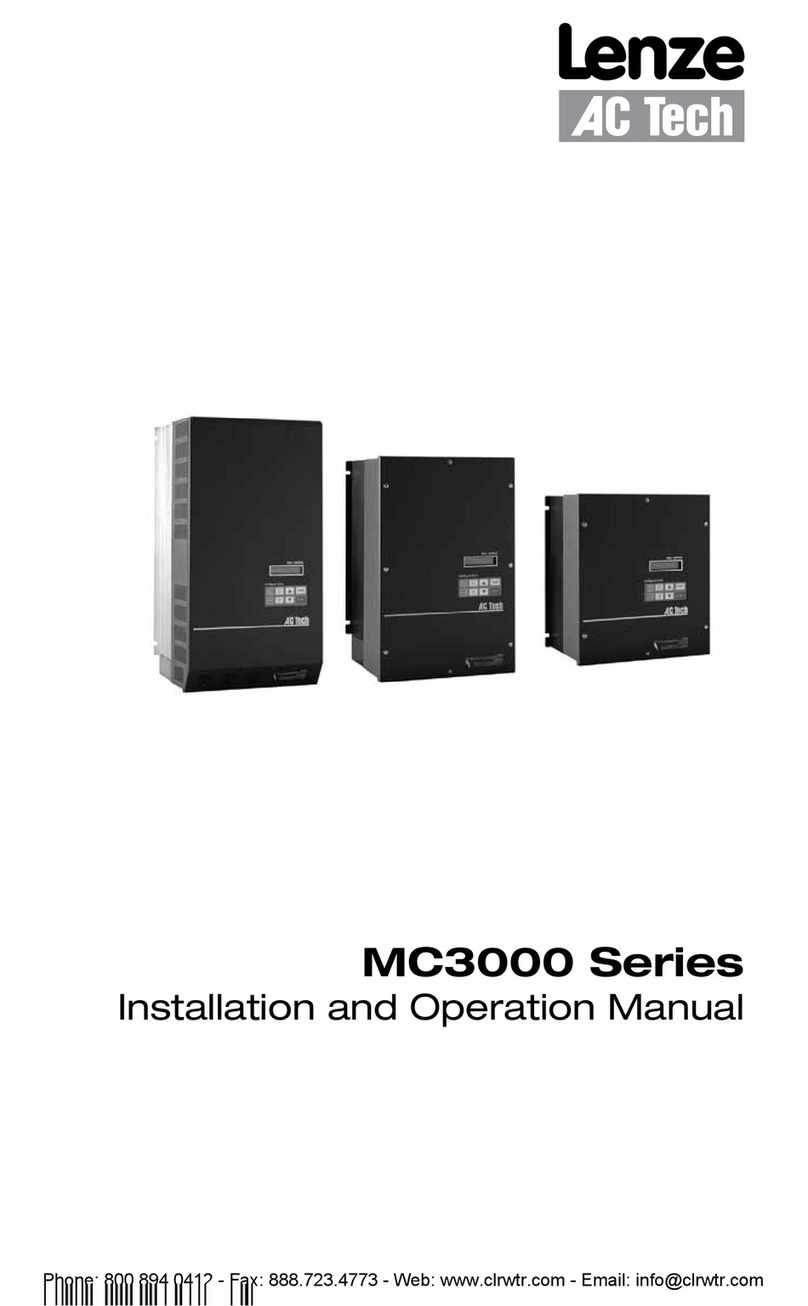
Contents
iii
48XX/49XXSHB00399
Part D
7 Configuration 7-1...........................................
7.1 Speed-controlled operation 7-1....................................
7.1.1 Setpoint selection 7-1...................................
7.1.1.1 Main setpoint 7-2.............................
7.1.1.2 Additional setpoint 7-2........................
7.1.1.3 JOG setpoints 7-2............................
7.1.1.4 Master current 7-4............................
7.1.1.5 External torque reduction 7-4..................
7.1.1.6 Acceleration and deceleration times Tir ,Tif 7-6...
7.1.1.7 Limiation of the speed setpoint 7-9..............
7.1.2 Actual value feedback 7-10................................
7.1.2.1 Armature voltage feedback 7-10.................
7.1.2.2 DC tacho feedback 7-11.......................
7.1.2.3 Resolver feedback 7-13........................
7.1.2.4 Incremental encoder feedback 7-13..............
7.1.3 Freely assignable inputs and outputs 7-14...................
7.1.3.1 Freely assignable digital inputs (FDI) 7-14.........
7.1.3.2 Freely assignable digital outputs (FDO) 7-16.......
7.1.3.3 Frei belegbare “analoge” Eingänge (FAE) 7-21.....
7.1.3.4 Freely assignable monitor outputs 7-25...........
7.2 Torque control with speed limitation 7-29.............................
7.3 Digital frequencycoupling 7-31......................................
7.3.1 Master 7-32.............................................
7.3.2 Slave for digital frequency bar 7-34.........................
7.3.3 Slave for digital frequency cascade 7-38.....................
7.3.4 Digital frequency output 7-43..............................
7.3.5 Speed synchronism 7-44..................................
7.3.5.1 Speed-synchrnous running 7-44.................
7.3.5.2 Speed ratio synchronism 7-44...................
7.3.6 Phase synchronisation 7-45................................
7.3.6.1 Phase controller 7-46..........................
7.3.6.2 Phase trimming 7-47...........................
7.3.6.3 Following error limit 7-47.......................
7.4 Additional control functions 7-48....................................
7.4.1 Redundant actual value feedback 7-48......................
7.4.2 Changeable parameter sets 7-50...........................
7.4.3 4Q / 2Q changeover 7-53.................................
7.4.4 Standstill excitation (field heating) 7-54......................
7.4.5 Control of a holding brake 7-55.............................
7.4.5.1 Engage brake 7-57............................
7.4.5.2 Open brake (release) 7-58......................
7.5 Additional function blocks 7-60.....................................
7.5.1 Process controller 7-60...................................
7.5.2 Arithmetic blocks 7-63....................................
7.5.3 Motor potentiometer 7-66.................................
7.5.3.1 Control of the motor potentiometer 7-67..........
7.5.3.2 Memory function of the
motor potentiometer (S&H) 7-68.................
7.5.4 Fixed set-value 7-70......................................
